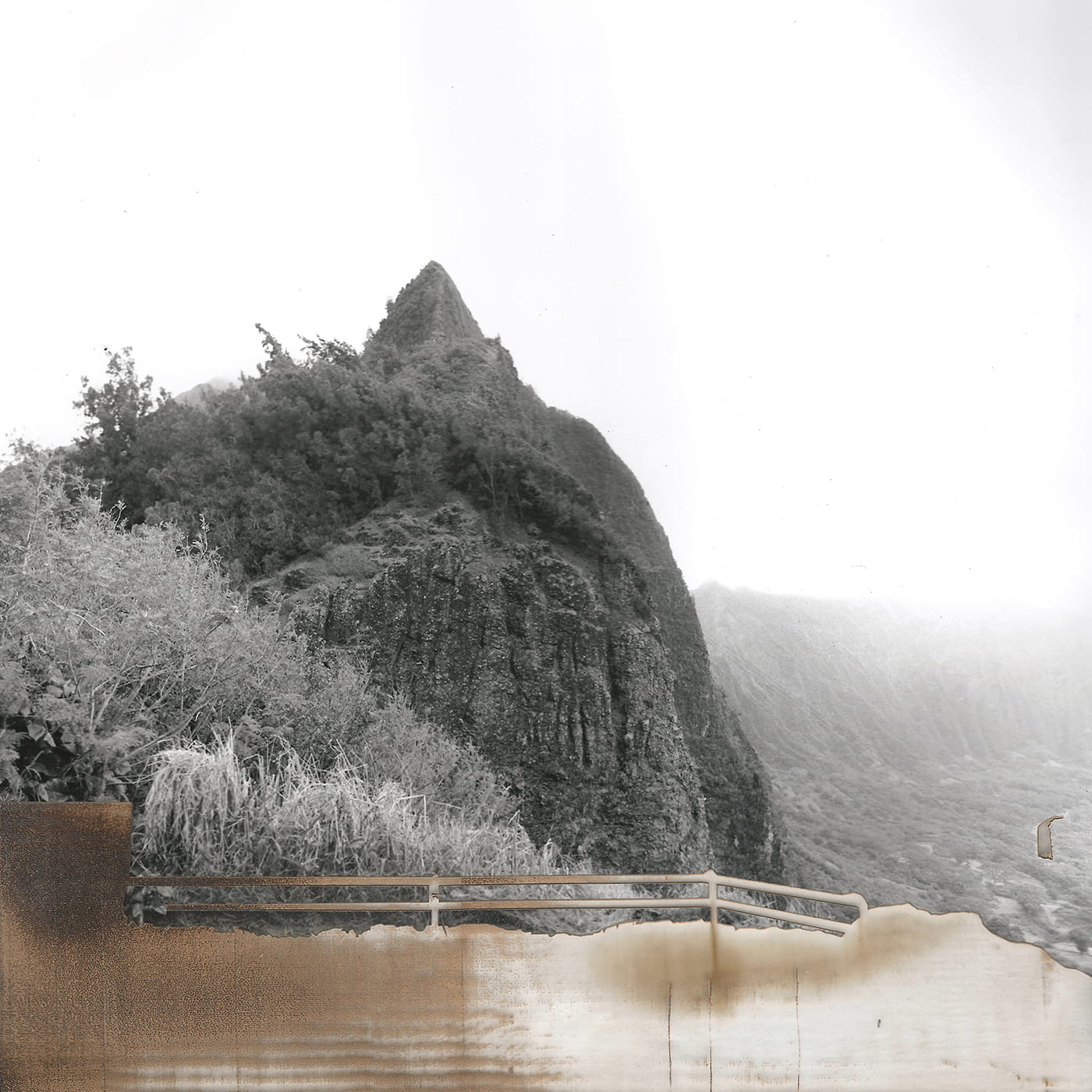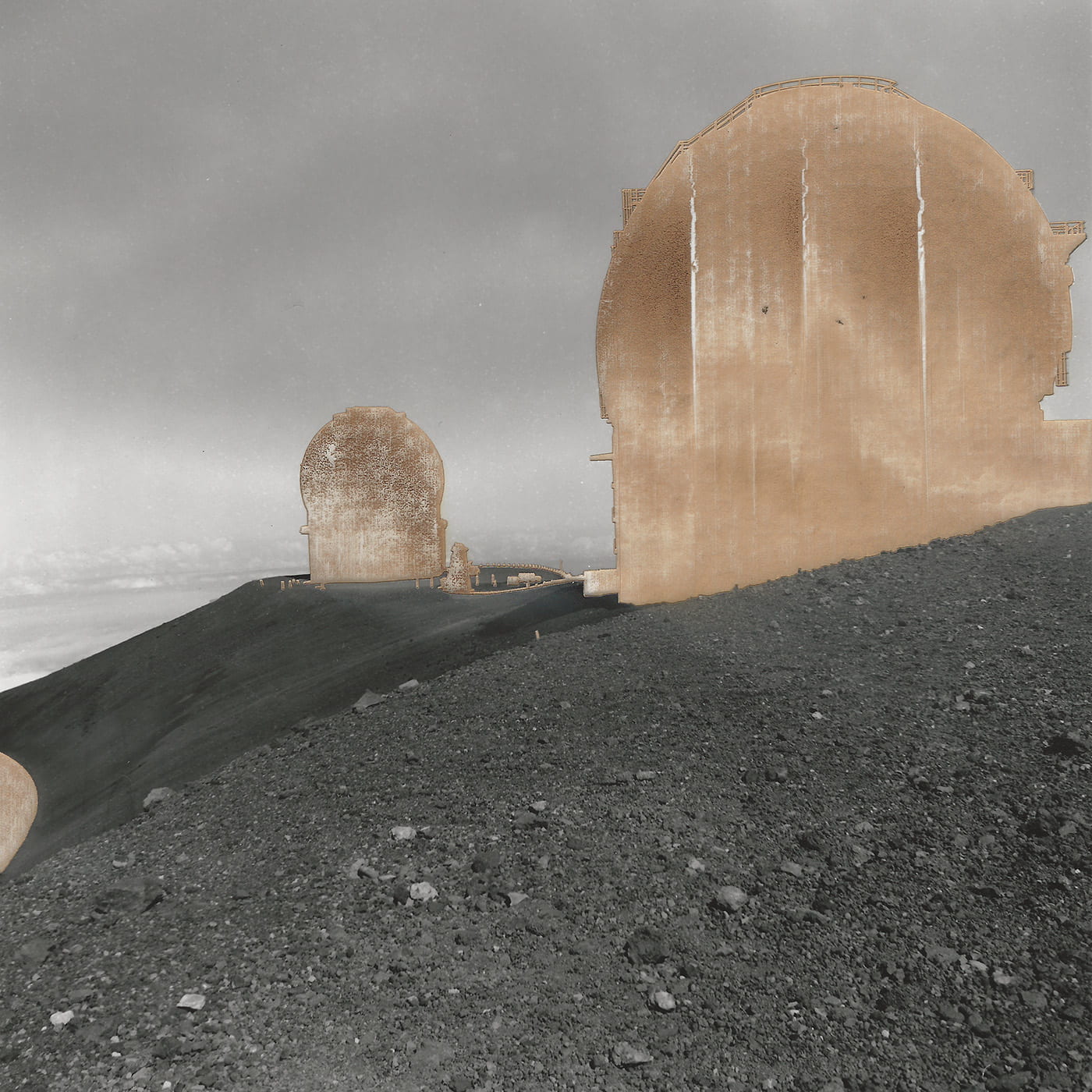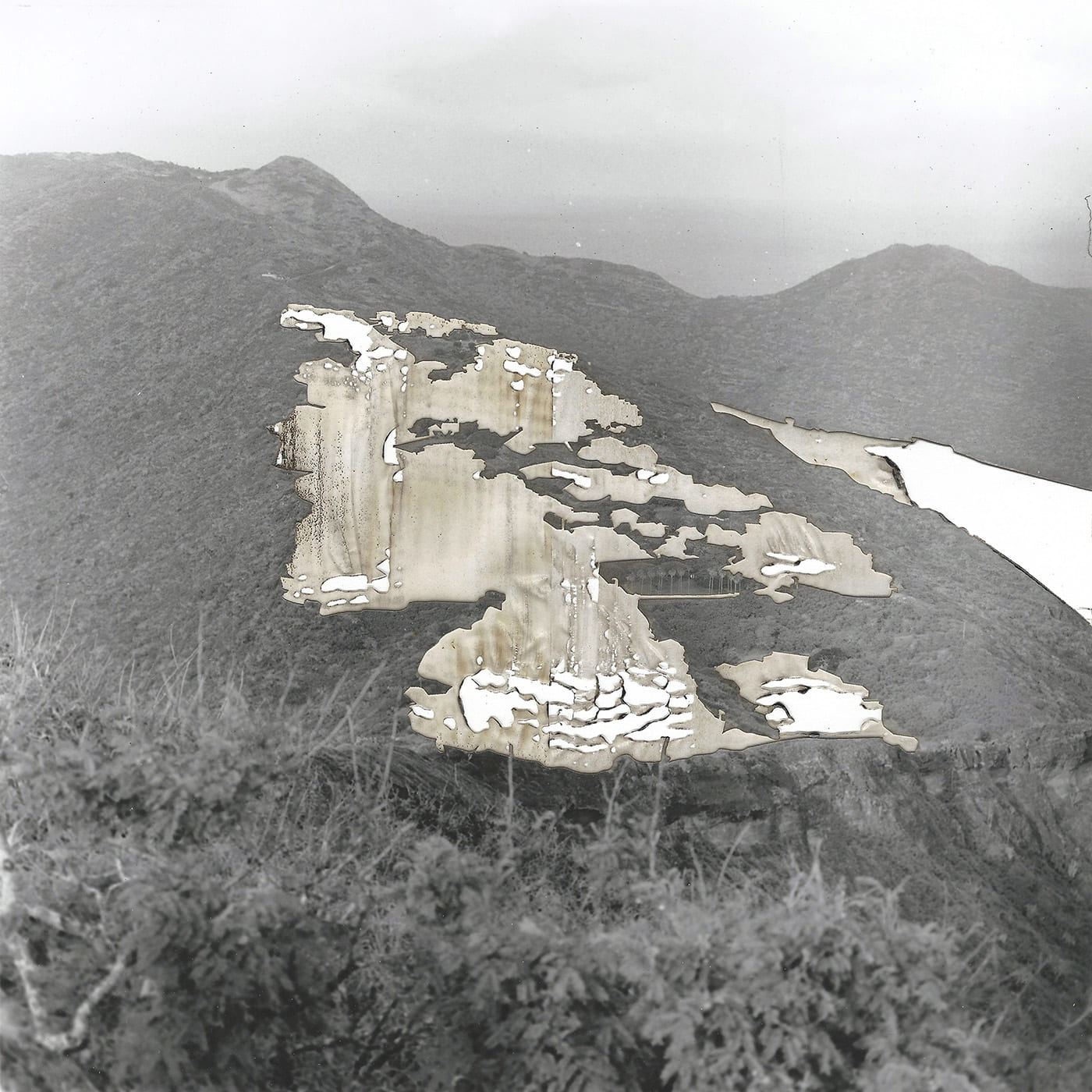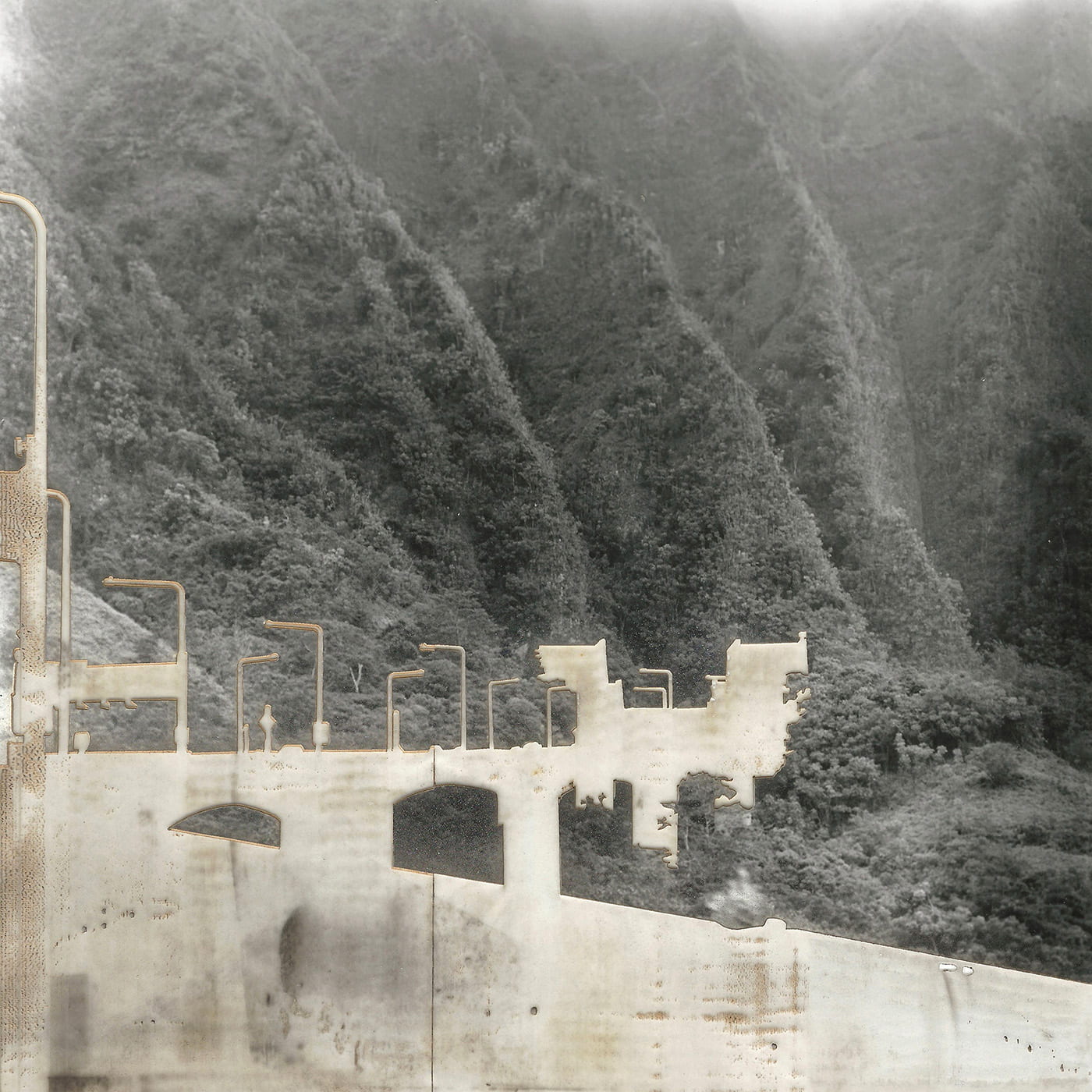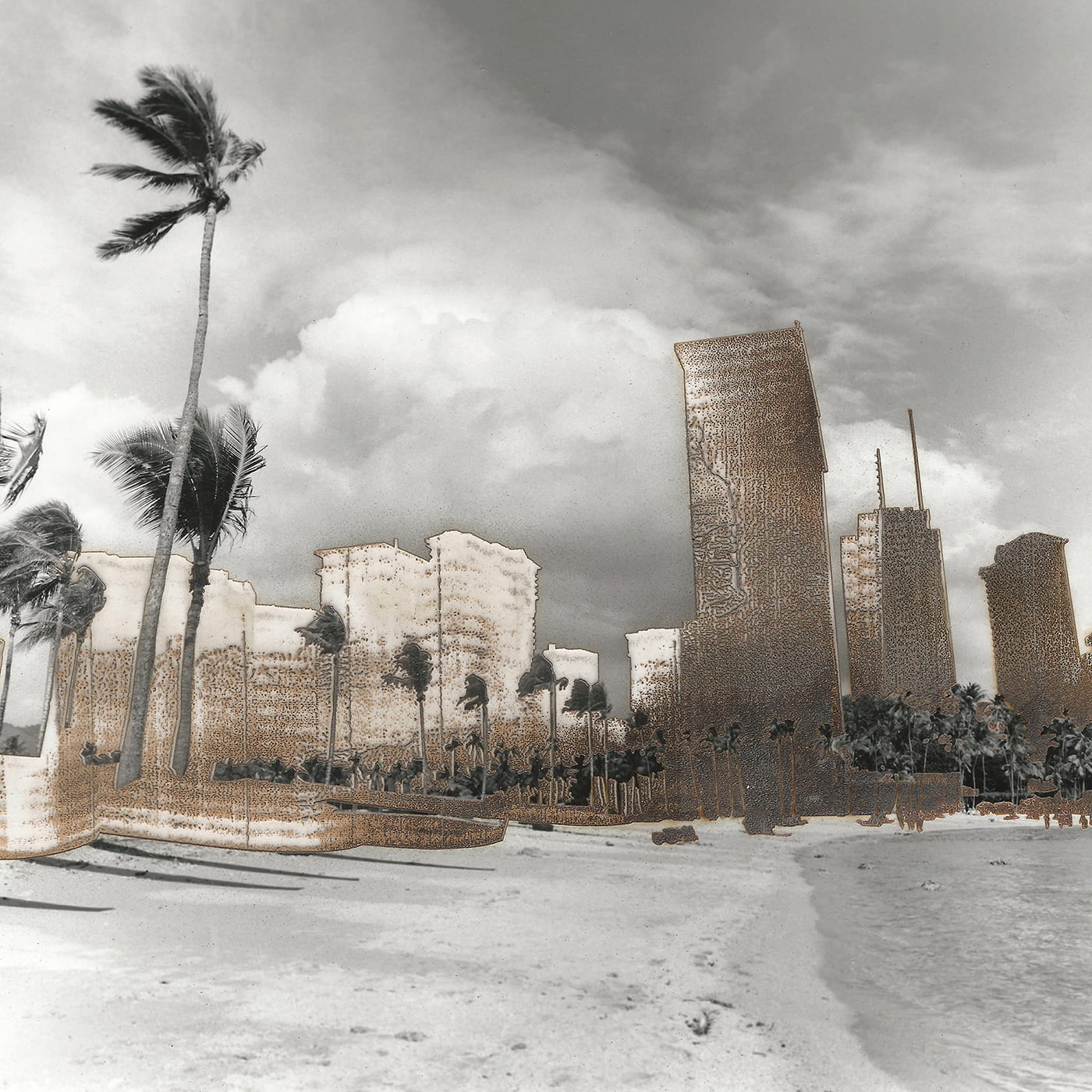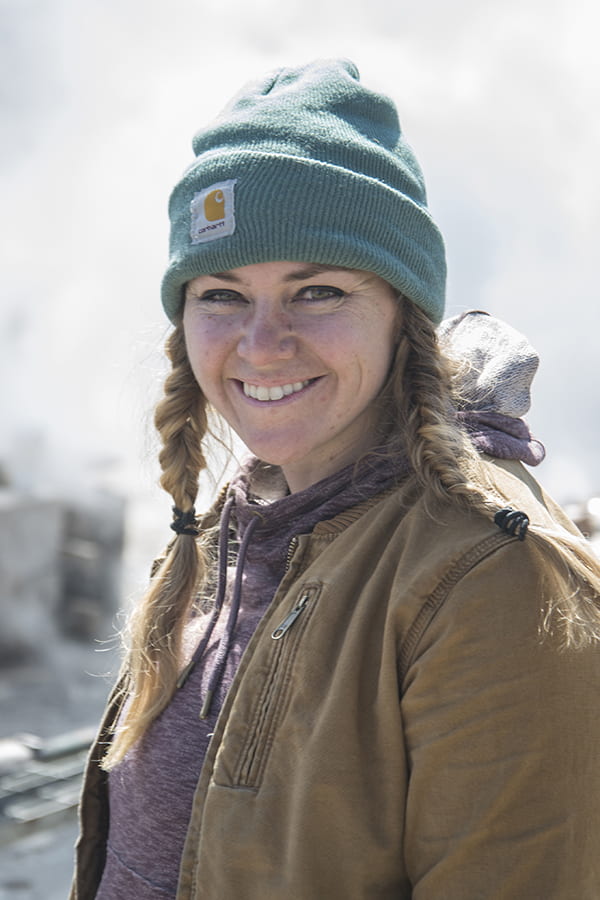
MFA Candidate
Bio
Leah Schretenthaler was born and raised in Hawaii. She is currently an MFA candidate. Through her art practice, her research presents a connection between land and materiality. Her work has been displayed and published nationally and internationally. Most recently, she received the Professional Development Fellowship from the College Art Association and was the Fall 2019 Student Film Photo Award Recipient. She has been named in LensCulture’s Emerging Talents of 2018, awarded 2nd in Sony World Photography Awards, and was also awarded the Rhonda Wilson Award from Klompching Gallery in FRESH2019.
Artist Statement
The land of Hawaii is vast, luxurious, and idyllic but past the wanderlust images the land is very controversial. The growing population and tourism continues to threaten the space and its ability to accommodate all the occupants. The industrial growth happening in Hawaii goes beyond simply manipulating the landscape; it destroys the historical records and spiritual places that have existed there for millions of years.
Through The Invasive Species of the Built Environment these photographs focus on the spaces that these infrastructures impede on the natural environment, instead of colors of the idyllic Hawaii. Using silver gelatin prints which consist of selected, man made spaces that have attempted to be removed create a burnt and sometimes empty area. The use of a laser cutter to cut the structure from the landscape leaves scar upon the image. The removed spaces aid in seeing what Hawaii would be like without these impositions. However, the process of trying to remove these objects has weakened the paper and metaphorically weakened the landscape it is trying to depict. The areas that have not been completely removed leaves a faint and thin layer of paper residue. The structures still exist and can never be completely erased. However, it draws attention to what is becoming the built environment in Hawaii.
These invasive infrastructures have impinged on the natural environment. Although these images discuss visually the reality of Hawaii, it brings to light that this is not a one state problem. Much like the invasive species that we eradicate from our gardens and fields, so too should we approach these human invasions onto the landscape. No longer should humanity build for the sake of building; but should instead question the social and political concerns that exist in the natural world.
